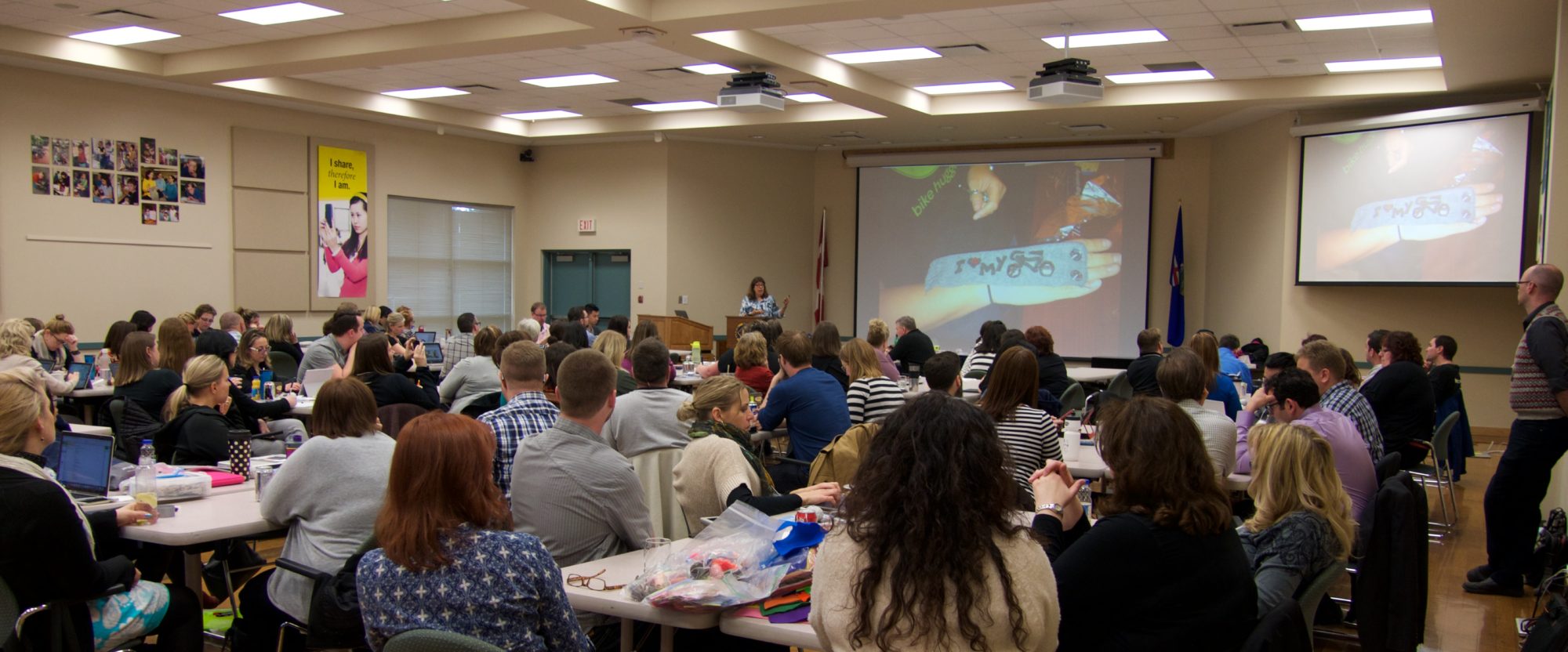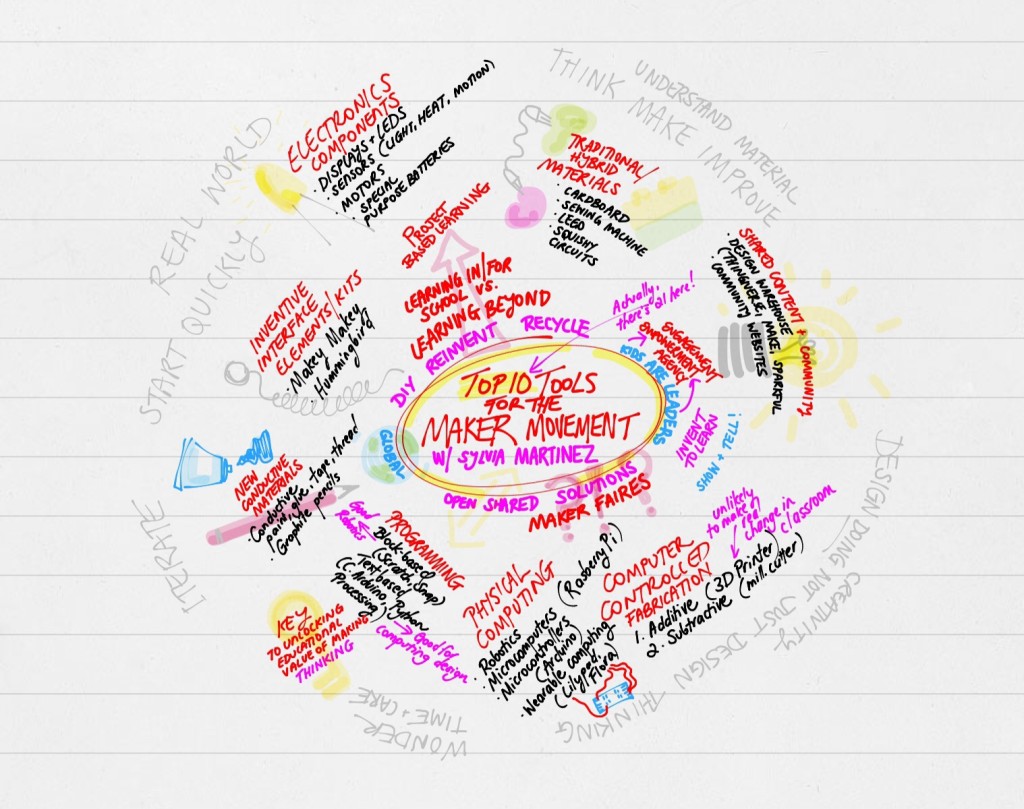One of the questions we consistently get in our sessions and workshops is about assessment. How do we know what kids are learning if there is no written test? Is this maker stuff more than just a new fad? While there are traditional ways that projects can be assessed (such as teacher observation techniques,) there is new research going on at Stanford in Dr. Paulo’s Blikstein’s Transformative Learning Technologies Lab that is starting to answer these questions. This video is a terrific overview of several new research studies, called Multi-modal Learning Analytics, on what is really going on when students do hands-on, maker activities.
There is so much in this video, I’m going to try to explore each of these studies separately in future posts.
- Differences between students starting hands-on activities with detailed instructions vs. very little instruction. Do they get lost with no instruction? Or do they get “addicted” to the cookbook? Can students change from one type to another?
- Are digital simulations the same as students doing real experiments?
- Is video lecture or textbook reading preceding classroom projects (flipped classroom) better than exploration before instruction? Does flipped model work better with video over text? In other words, does the order or the media matter?
- Do tutorials help with exploration activities?
- Why different programming languages work better for learning.
- Is it necessary for maker classrooms to be “sink or swim”?
- Gender and other equity issues in “Maker Movement” culture
- Differences in use of makerspaces in low-income schools vs. wealthier schools reflecting differences in school-wide pedagogy.
- Observation and assessment tools for maker activities – maker tables and logic flows.
- Looking at body position, gestures, and eye movements to try to understand the learner.
While this is all early research, it’s rich with potential for understanding more about how we learn, and how we can create optimal environments for learning for all students.


 Even though I got good grades I never really thought of myself as smart. I did homework and studied because that’s what I was supposed to do. If there were messages that “girls can’t do math” or “girls shouldn’t show they are smart” I simply missed them.
Even though I got good grades I never really thought of myself as smart. I did homework and studied because that’s what I was supposed to do. If there were messages that “girls can’t do math” or “girls shouldn’t show they are smart” I simply missed them.